Nobody wants to be in a blind-leading-the-blind situation when you are out on the big blue, whether you’re on a fishing expedition or simply sailing the endless seas.
That’s why buying quality marine navigation equipment such as marine radar is so critical to ensuring a safe journey on the ocean for yourself as well as any crew or passengers onboard. Some marine radars even come equipped with fishfinding capabilities to help you locate a prime catch.
But how do you decide which marine radar you should buy for your vessel? Here are some of the key factors that will affect your choice of marine radar to help you find the best fit for your needs.
1. Vessel size
When buying your marine radar you should always consider the size of your vessel first. Your vessel size and fuel capacity not only affects the physical size of the radar you can get, but may have an impact on its power usage and limitations too. Two of the most common types of radars are open array and radome radars – and the right one for you will depend on your vessel size.
Open Array Radars have rotating arms with wider antennas and 1.1° to 3.5° beamwidth that offers the sharpest focus to pick up on small targets. Due to their large size they are suitable for larger power boats or sailboats that feature pilothouses or radar arches.
Smaller boat owners who need to keep things compact should consider smaller radome scanners like the ICOM MR-1010RII Marine Radar that can be mounted inside a 1.5 to 2ft. dome with fewer moving parts and still generate decent images with 3.5° to 7° beamwidth. Radome radars also tend to use less power, which is ideal for smaller or personal operations.
2. Vessel needs or objectives
Vessels with a specific purpose are best equipped with marine radars that have additional features to help you achieve your intended objectives. For example, fishing vessels may work best with radars that come with integrated fishfinding features.
If your original choice in radar does not come with fishfinding features, an additional Echo Sounder or FishFinder like the Furuno FCV-628 can help to enhance your navigational capabilities.
3. Required power or range
Before buying your marine radar, you’ll have to consider its required power and range. Make sure that your vessel is able to provide the required power before buying a radar. It is also important to consider the following factors and how this could affect usage in day-to-day situations:
- Capability during all weather and time conditions
- Frequency of use
- Terrain and choppiness of waves
4. Other factors
Apart from these 3 key considerations many other factors may affect your decision to buy a marine radar. Some things to consider include:
- Standalone or multifunctional: A multifunctional display provides a broad array of radar capabilities and saves you valuable helm space. However if you are a serious user of radar features and a frequent boater who prefers steadfast display, a standalone might suit you better.
- Pulse or Solid-state: Pulse radars are more ‘old school’ and still use older technology, but are reliable even if broadband services are down. Solid-state radars use up-to-date broadband technology for better definition and display but require more complicated maintenance.
Finding a Reliable Marine Navigation Equipment Supplier
If you are looking for boat radar for sale or a trusted supplier of marine navigation equipment and radio communication, you don’t need to look any further than Tecomart. We have provided high-quality, affordable communication solutions for our clients for navigational and communication purposes since 1994. Contact us to find out more about our products or see if we’ve answered your questions in our FAQs.

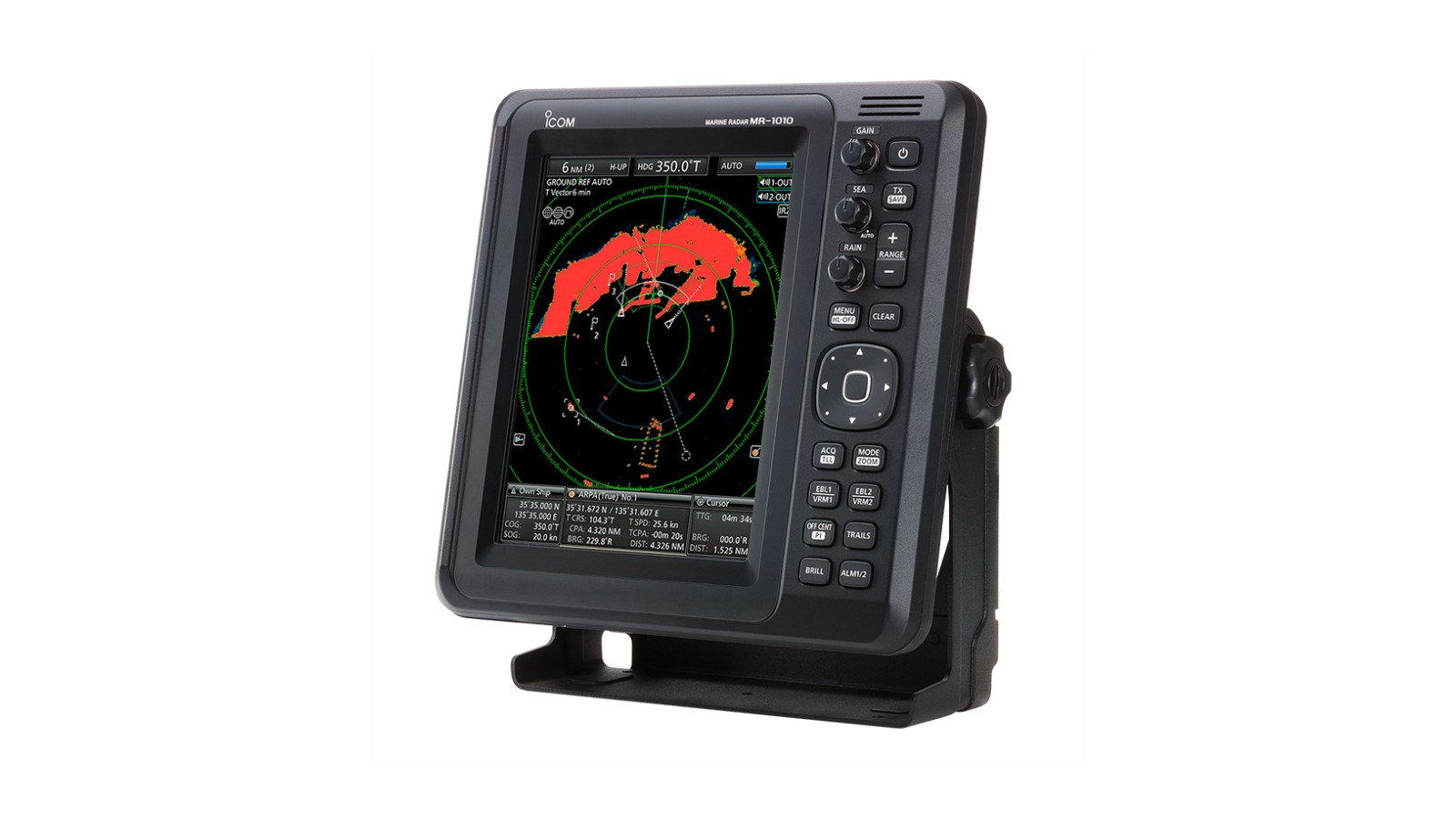
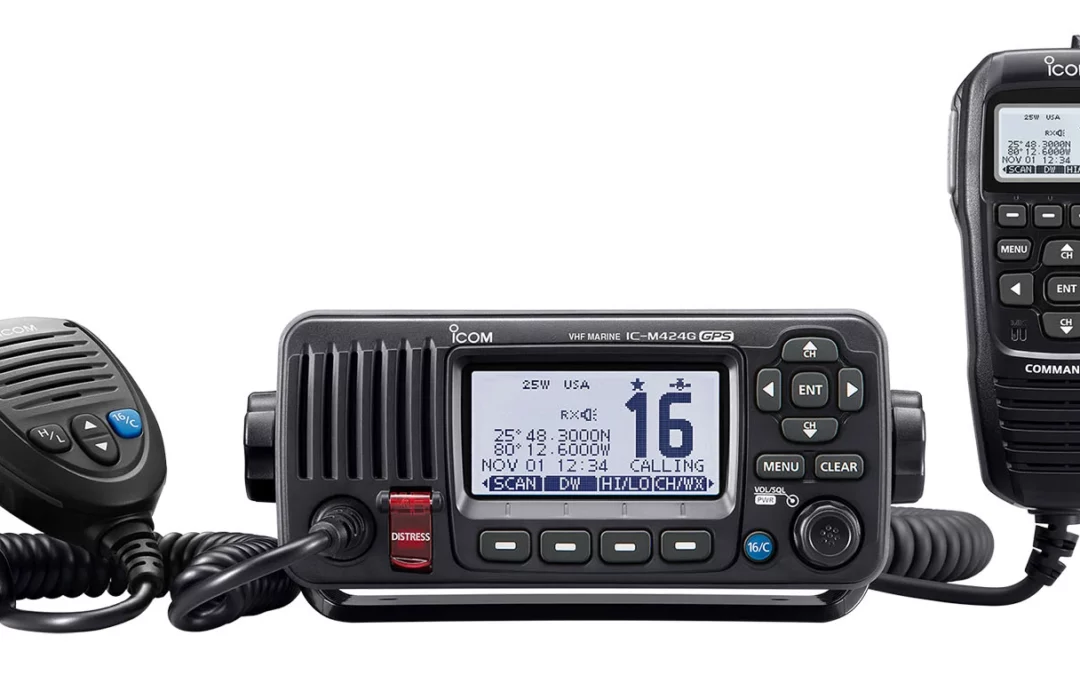

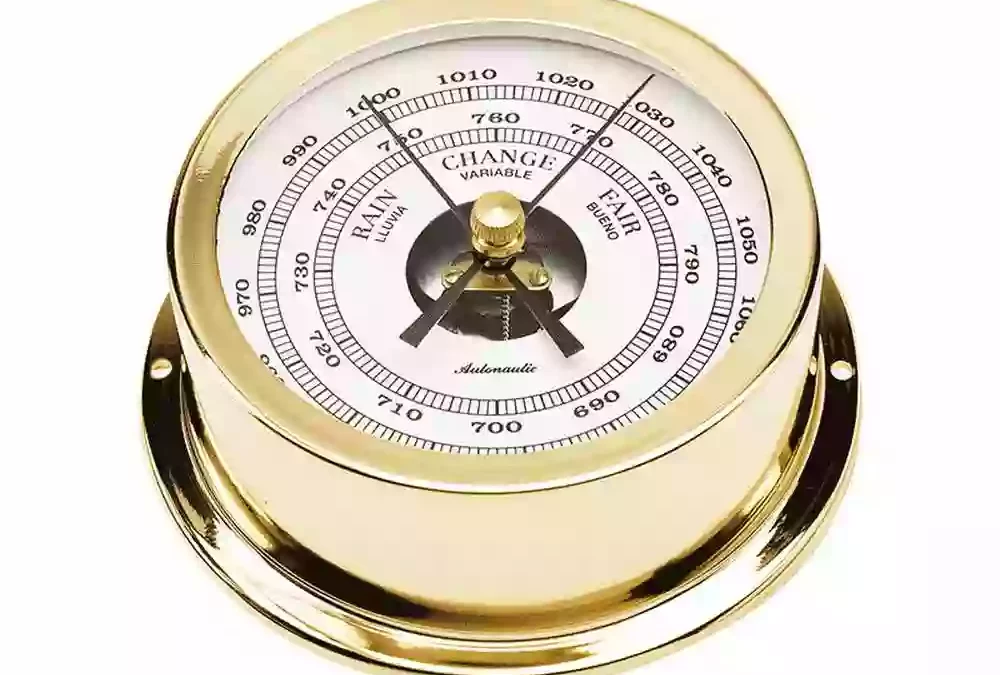
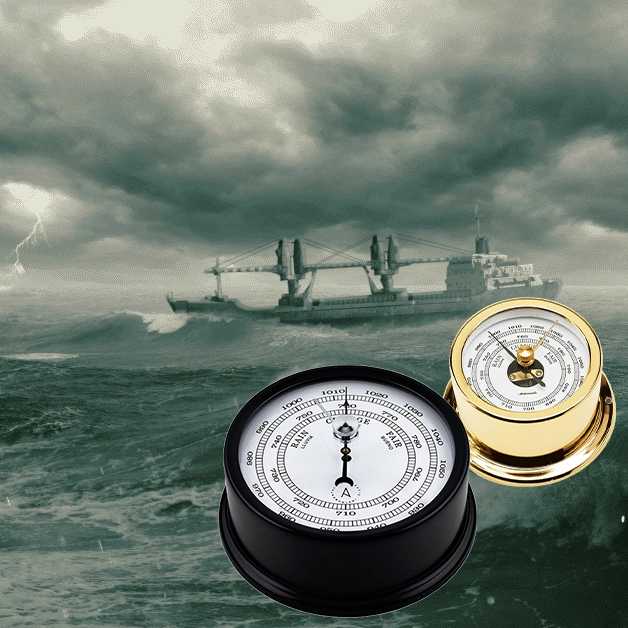

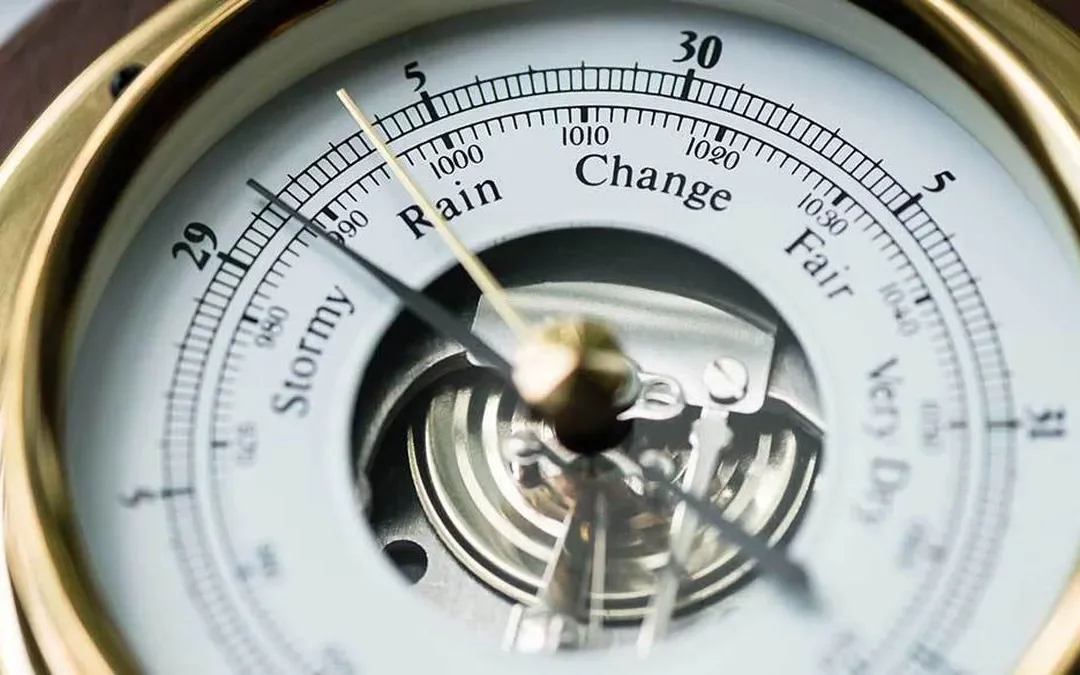
0 Comments